Safer Steps: Hiking Safety Tips for National Park Visitors
Chosen theme: Hiking Safety Tips for National Park Visitors. Explore practical, confidence-boosting guidance for unforgettable hikes that end with smiles, not mishaps—plus friendly reminders to share your experiences and subscribe for more safety wisdom.
Plan Before You Step on the Trail
Check the park’s official website and trailheads for closures, wildlife advisories, and fire restrictions. Download offline maps, note elevation profiles, and verify distances. Ask rangers about recent conditions and water availability before departing.
Plan Before You Step on the Trail
Choose routes that match your current stamina and experience, not your aspirational goals. Factor in elevation gain, heat, and altitude. Set a turn-around time anchored to daylight, and honor it even when views keep calling.
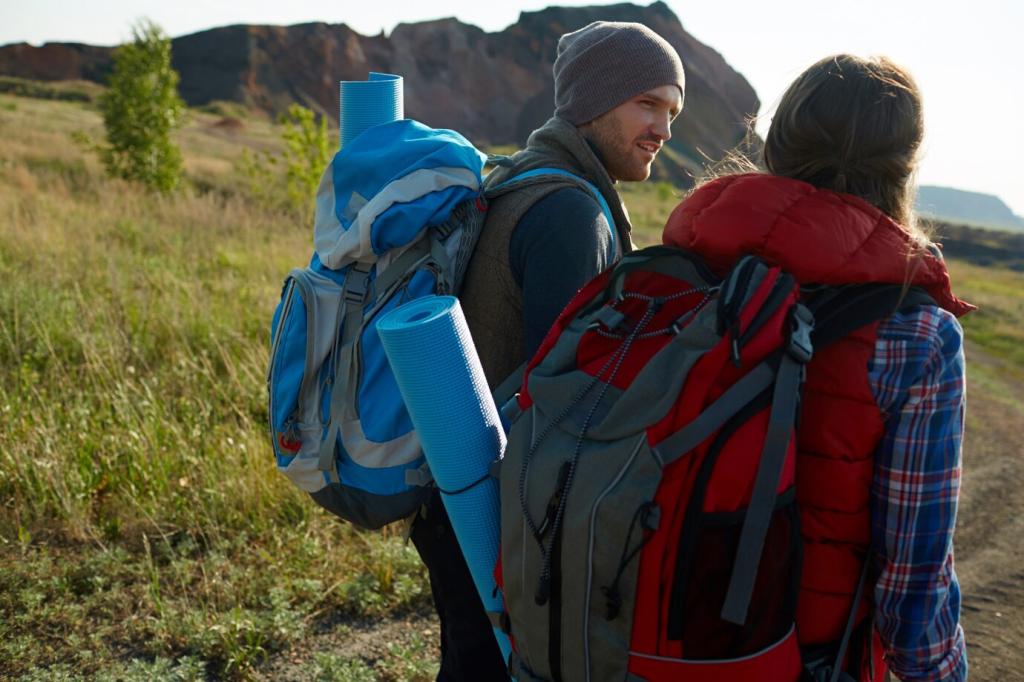
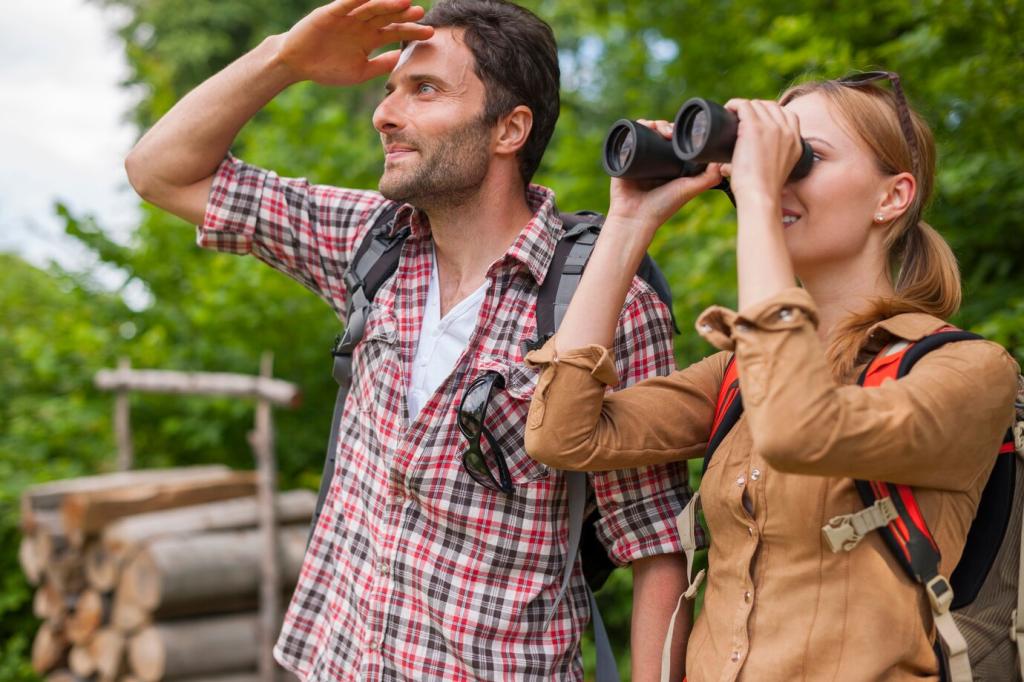
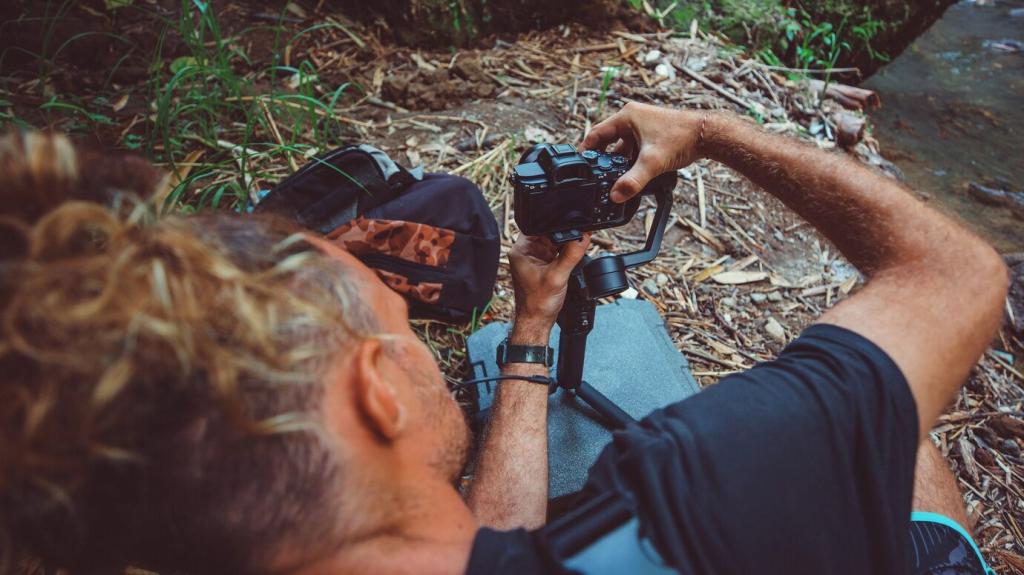
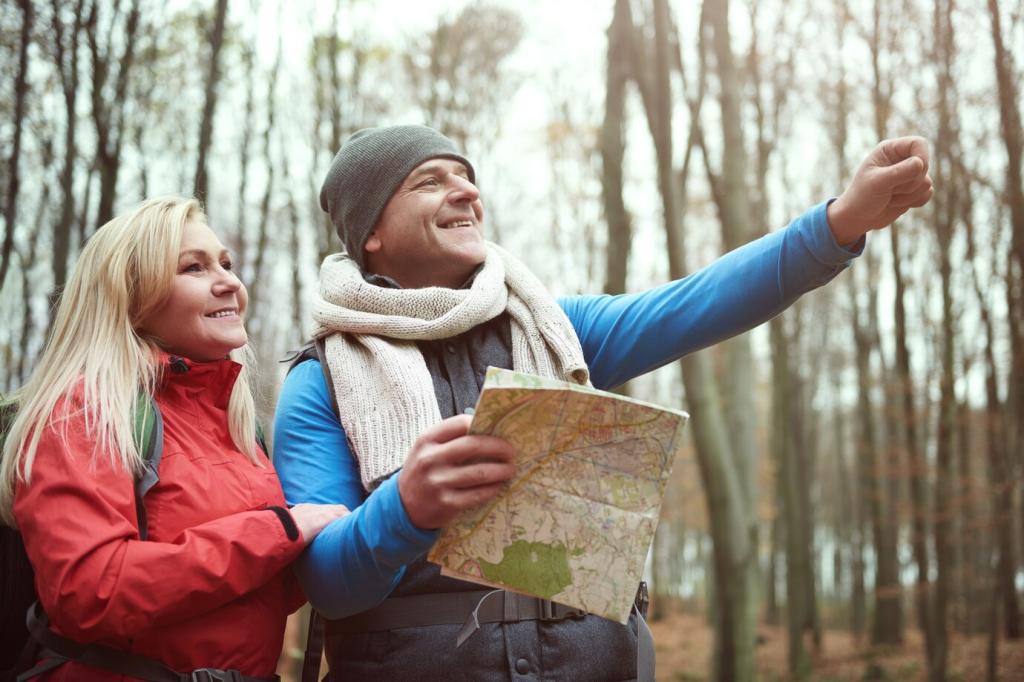
Pack the Ten Essentials—And Know How to Use Them
Carry a map, compass, and charged headlamp, not just a phone. Batteries can drain quickly in cold or poor service. A fire starter and tinder provide emergency warmth, but always follow local fire regulations and seasonal restrictions.
Pack the Ten Essentials—And Know How to Use Them
Sunblock, hat, and sunglasses protect more than comfort—they protect judgment. Pack insulating layers even on warm days, because ridgelines can be windy. A lightweight emergency bivy or space blanket creates critical shelter when plans change.
Hydration, Nutrition, and Energy Management
01
Calculate Water Needs and Refill Points
Estimate liters per hour based on heat, pace, and elevation. Mark reliable water sources on your map before you go. Filter or treat every refill, and drink steadily rather than chugging late when dehydration has already set in.
02
Balance Electrolytes, Not Just Water
Sweat takes more than water from your body. Pack electrolyte tablets or salty snacks to maintain balance. Cramping, headache, and dizziness often signal imbalance; slow down, sip regularly, and snack before symptoms gain momentum.
03
Smart Fuel: Snacks That Don’t Fail You
Choose familiar, compact foods that survive heat and jostling. Mix quick sugars with complex carbs and protein for steady energy. Set snack alarms each hour, and share favorite trail recipes with fellow readers in the comments.
Wildlife Awareness and Respect
Bear Country Basics
Carry bear spray where permitted, and know how to deploy it quickly. Make noise in dense brush, store food properly, and never approach cubs. If you see a bear, give space and slowly back away while speaking calmly.
Snakes, Insects, and Smaller Hazards
Watch where you place hands and feet, especially near rocks and logs. Wear long sleeves and insect repellent during peak seasons. If bitten or stung, stay calm, photograph the creature if safe, and seek appropriate medical guidance promptly.
Keep Distance: Binoculars, Not Selfies
Wildlife deserves room to move. Use zoom lenses or binoculars rather than stepping closer for a photo. Animals can react unpredictably, especially during mating or calving seasons. Share your respectful wildlife photos with us and inspire good habits.
Heat, Cold, and Rapid Weather Shifts
Start early to avoid heat, rest in shade, and wet your hat when possible. In mountains, carry an extra layer and rain shell even on bluebird mornings. If thunder rumbles, descend from ridges and avoid isolated tall trees immediately.
Altitude and Acclimatization
At higher elevations, slow your pace and watch for headache, nausea, or unusual fatigue. Drink water, eat regularly, and avoid pushing through symptoms. If conditions worsen, descend. Share your acclimatization tips to help other readers prepare smartly.
Streams, Snowfields, and Loose Rock
Unbuckle your hip belt for swift crossings, face upstream, and use trekking poles for stability. Test snow bridges and avoid steep, icy slopes without traction. On scree, move one at a time and warn others of dislodged rocks clearly.
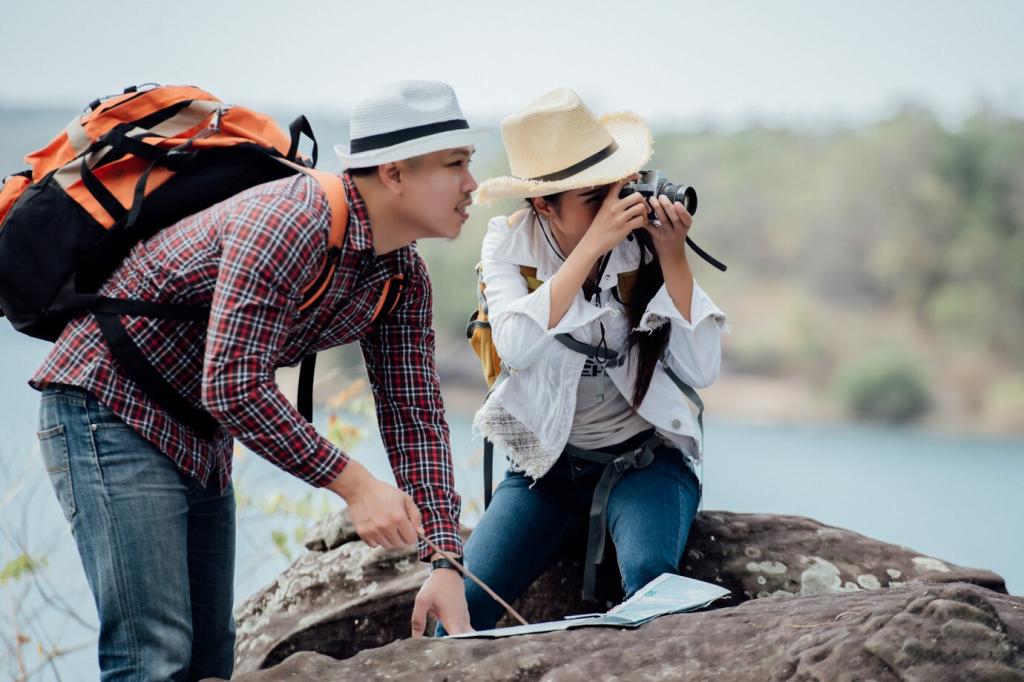
Trail Etiquette and Leave No Trace Safety
Stay on Durable Surfaces and Respect Closures
Switchbacks exist for a reason; cutting them damages habitat and increases erosion. Heed seasonal closures that protect wildlife or fragile soils. Following the official path keeps you oriented and reduces search-and-rescue confusion if trouble arises.
Waste, Micro-trash, and Waterways
Pack out all trash, including wrappers and fruit peels. Strain dishwater, scatter it away from streams, and use catholes responsibly where permitted. A clean campsite discourages scavenging animals and keeps water sources safe for everyone.
Sound, Speed, and Sharing the Trail
Keep conversation volume courteous, announce passes, and yield appropriately. Leash dogs where required and control pace on crowded sections. A friendly greeting can prevent collisions at blind corners. Share your etiquette wins to encourage new hikers kindly.
Emergency Preparedness and Communication
Set a realistic turn-around time based on daylight, weather, and group energy. When the alarm hits, turn around—even if the summit looks close. Returning safely today means you can chase that view another weekend.
Join our mailing list
